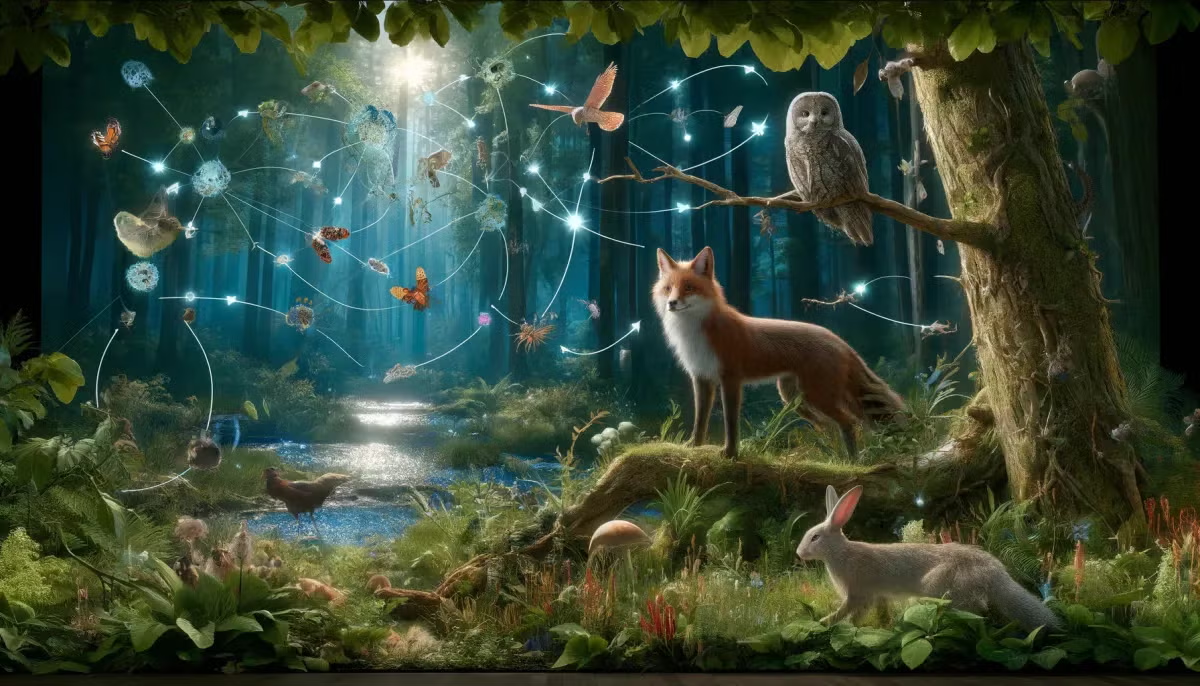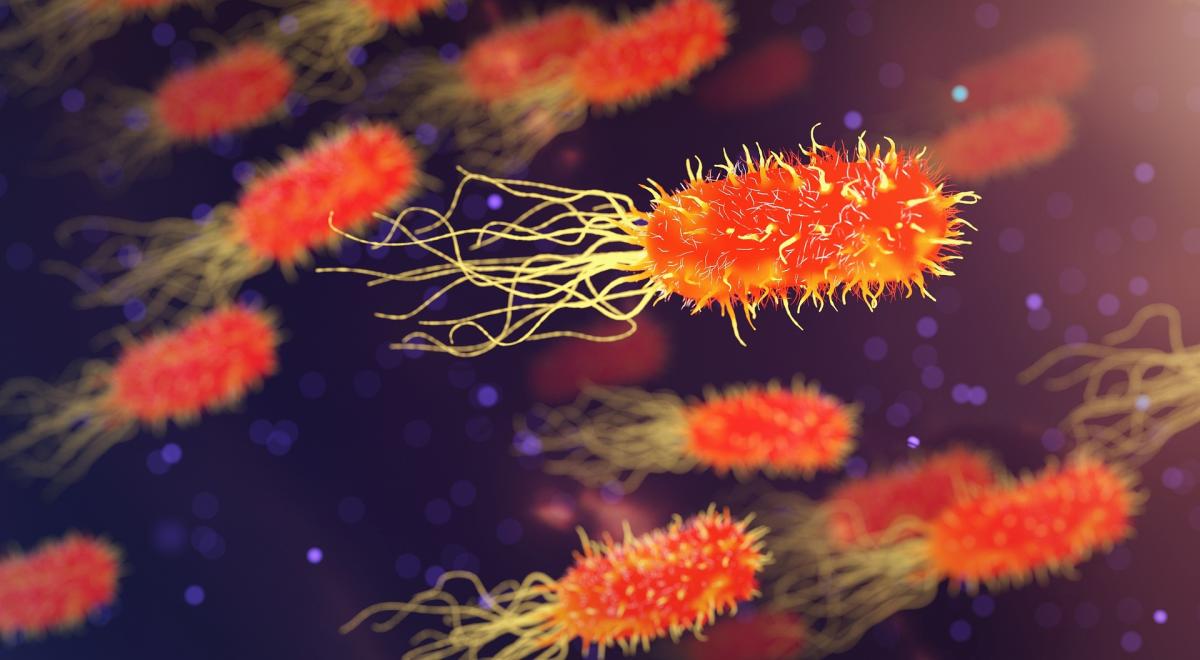This is session 1 of a 4 session unit on innovative thinking, agricultural engineering, and farm model making. The first session introduces students to Dr. Temple Grandin, a creative thinker who has
Student groups research an energy resource topic and organize content in a slide presentation. Notes from group presentations are used to build a foldable.
Students who have been studying logarithms can apply them using a chemistry lab to discover the pH of acetic acid (white vinegar) and even compare this to other acids.
The students will be working and pretending that they work for an engineering company that is designing a bridge. The Department of Transportation wants to see a model of the bridge, so they will be
Featured Lesson Plans
Check out these notable lesson plans.

Magic Magnets: Flying Butterfly

mini Sphero mini Golf

